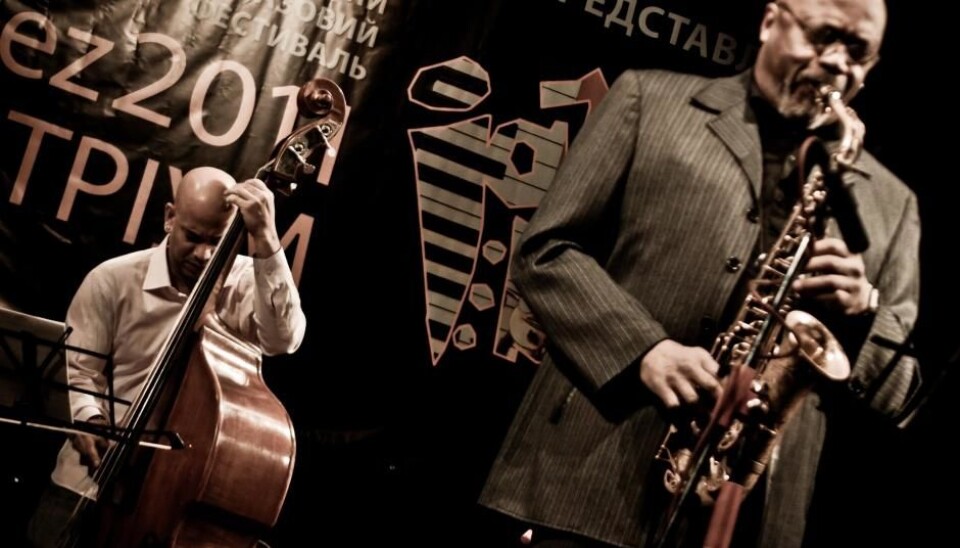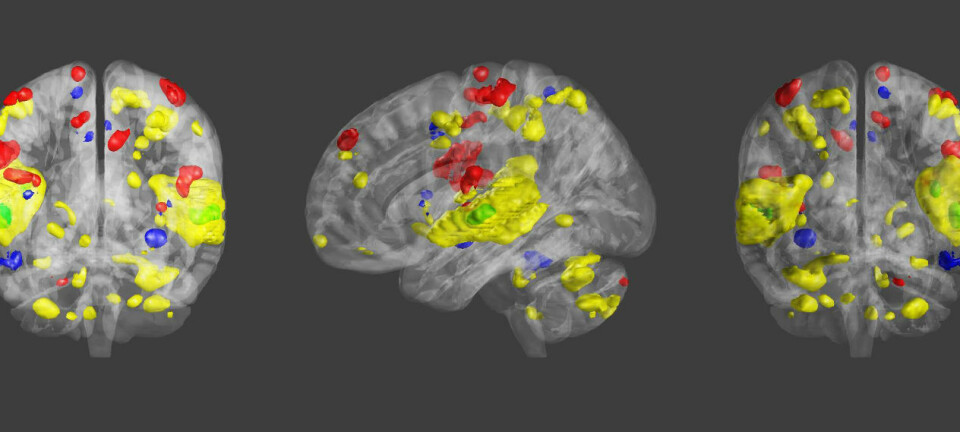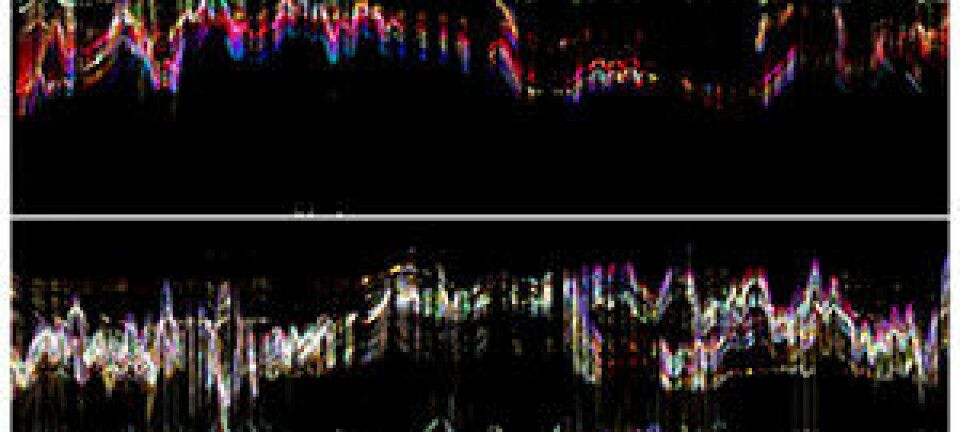
Why Jazz is so intoxicating
New research project gives a scientific explanation as to why improvised live jazz leaves such a lasting impression on its listeners.
The intoxicating effect of jazz is difficult to describe and explain. But a new Ph.D. project aims to do just that.
“In my Ph.D. I theorise on what happens when people improvise live music together,” says Jens Skou Olsen, from Roskilde University, Denmark.
Olsen is himself a jazz musician. He plays contrabass and recently toured Japan.
The results are published online by Roskilde University (with English summary at the end).
Jazz is more than just an experience
Olsen’s fieldwork took him to New York and Copenhagen, where he conducted interviews and made qualitative observations. One of the most important conclusions was that the music’s powerful effect is caused by something called “aesthetic experience.”
Olsen concludes that the jazz performance offers five types of so-called “aesthetic experiences”--our response when listening to or creating music.
He classifies these as “experiment” and “disturbance,” which occur when musicians are improvising. “Immersion” and “consolidation” occur when we share the joy or pain expressed through the music, and “initiation,” when a group of people help to create music together.
The “aesthetic experience” in full swing
Olsen uses this video from a New York summers’ day in 2013 as an example of the “aesthetic experience”:
Video: John Bye
“In the video clip you can see [these five dimensions of] the “aesthetic experience” as a group of both young and seasoned musicians are gathered together in Times Square in New York for an impromptu street jazz performance,” says Olsen.
He points out that “disturbance” is the dominant dimension as passerby see the ten musicians and start to take part. People either keep walking or stop and dance.
Initiation is also an important element, as a young boy participates on equal terms with his more experienced siblings, parents, and grandparents. In the clip, we see how he headed into the centre of the circle to play a solo. Despite being so young, the crowd are happy to listen to him.
Immersion is also clearly present, both by the musicians as they immerse themselves in their musical expression, and by the way the audience is obviously caught and suddenly drawn into the music.
Olsen hopes that his work can open people’s eye to the many qualities of jazz culture, even if it does not often command the media spotlight of pop music.
-------------
Read the Danish version of this article on Videnskab.dk
Translated by: Catherine Jex











